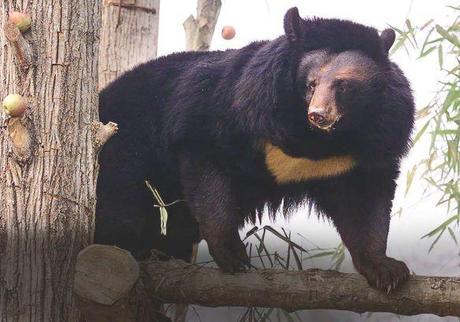Diversity and stability of forests depends on much more than just the presence of trees. Regional forest inventories have relied heavily on satellite imagery that does not reveal the condition and trend of understory species. We have spent our resources on NASA programs instead of on-foot surveys. Thus, the condition of the principal contributors to biodiversity is unknown. The issues covered by this article are essential for forest ecosystem health. Perhaps further research will focus more on baseline ground surveys.
Originally posted on strange behaviors:

Black bear meets dragonfly (Photo: Reuters)
Deforestation—the worldwide destruction of forests—is the calamitous problem that everybody worries about. But a new analysis makes the case that forest degradation is also happening at “alarming speed” and may be just as bad, particularly for wildlife.
Just since the year 2000, almost 250 million acres of the world’s last remaining undisturbed forests have become degraded, mostly by logging and new roads, according to the analysis, the first attempt to measure forest degradation on a global scale. That’s more than triple the land area of Germany, and represents eight percent of the world’s remaining “Intact Forest Landscapes,” or IFLs.
Ilona Zhuravleva, a Greenpeace GIS scientist who worked on the analysis, said forest degradation poses a major threat to some of the most charismatic animals on Earth, particularly large, wide-ranging species that depend on genuine wilderness for their survival. Among the victims are forest elephants…
View original 562 more words


